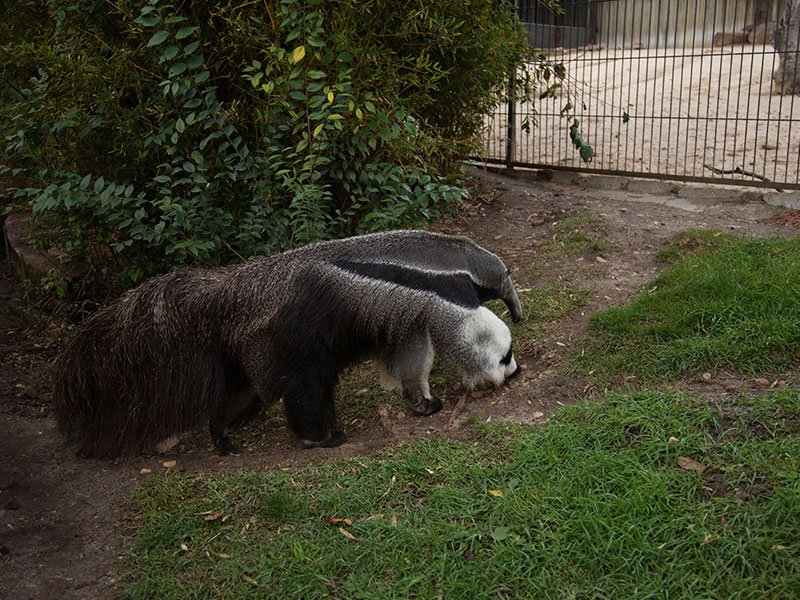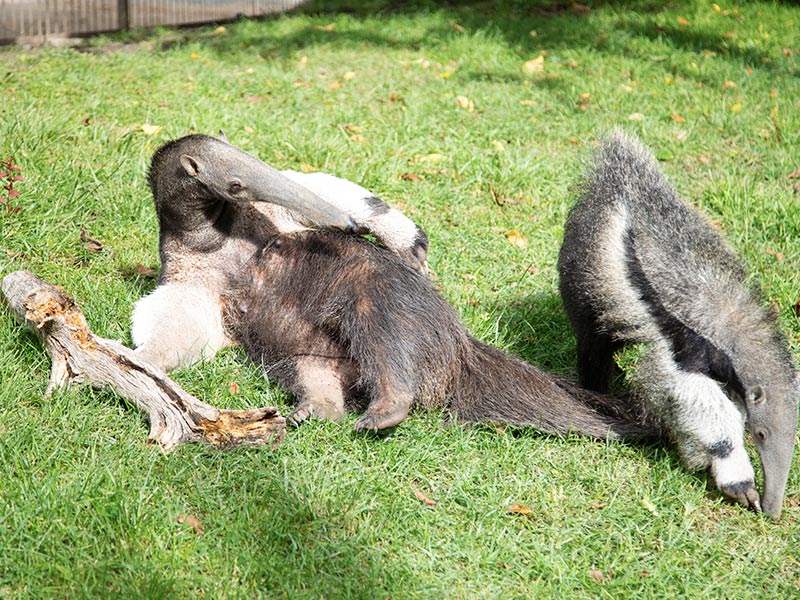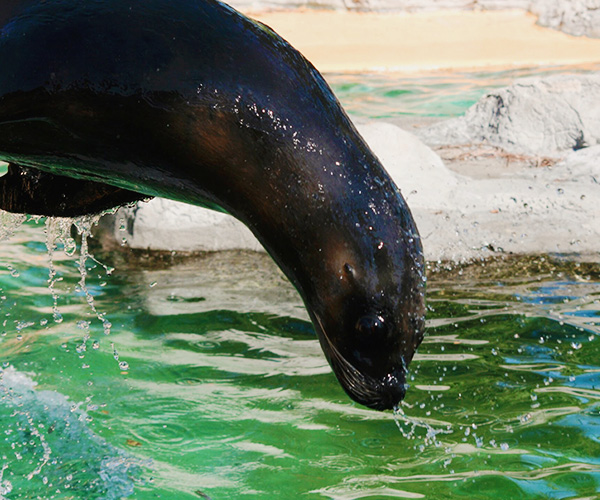Cousin of the sloth, it has a peculiar and long head, topped by a very small mouth, which gives it a very recognizable appearance.
With a long snout without teeth, small ears and dense fur, it is native to central and southern America (although it has disappeared from some countries in Central America). Its natural habitat is varied: it has lived in wet and dry forests, swampy areas, savannahs and grasslands.
They consume thousands of ants and termites a day , and it is these insects that determine the territory in which they live. However, they are selective: of the hundreds of existing species, they only choose four or five types of ants. With afine sense of smell, they are able to easily locate their favorite prey, which they reach by digging into the ground with their powerful claws.
Reproduction of the anteater is not seasonal. Gestation lasts between 171 and 184 days, after which a young is born. As soon as it is born, it grabs its mother's hair with its claws to climb up to her back, where it remains for about six months. After this time, it separates from the mother to begin to explore the environment alone.
Aardvarks do not seem to have contact with each other, they usually roam vast areas to feed, and only interact with each other during the mating season.



















